#StellarEvolution
Text
Webb's Dazzling Collection Unveiled: A Mosaic of 19 Face-On Spiral Galaxies
In an exciting release on January 29, 2024 - Webb's Dazzling Collection Unveiled: A Mosaic of 19 Face-On Spiral Galaxies - For the latest discoveries visit www.jameswebbdiscovery.com - In a groundbreaking revelation, a treasure trove of mesmerizing images captured by NASA's James Webb Space Telescope has just been made public, showcasing face-on spiral galaxies in near- and mid-infrared brilliance.
For centuries, humanity has meticulously mapped Earth's features, advancing our understanding through sophisticated instruments. This extraordinary collection, featuring 19 face-on spiral galaxies, reveals stars, gas, and dust on a minute scale beyond our own galaxy.
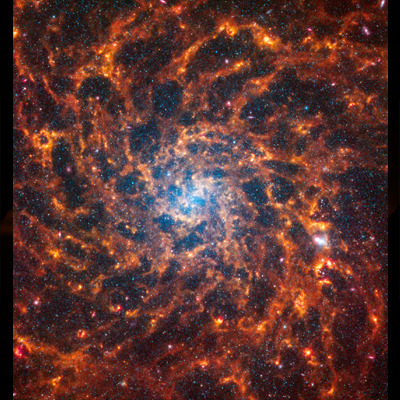
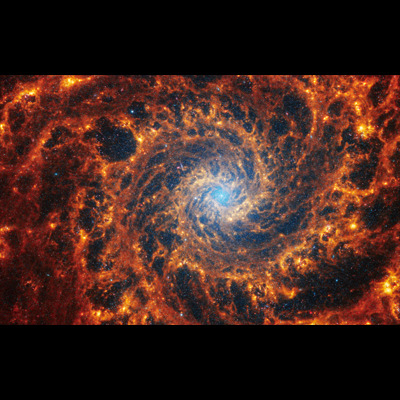
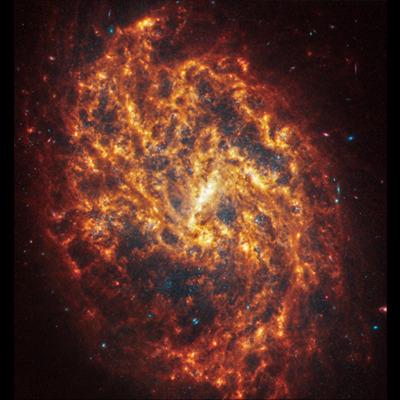
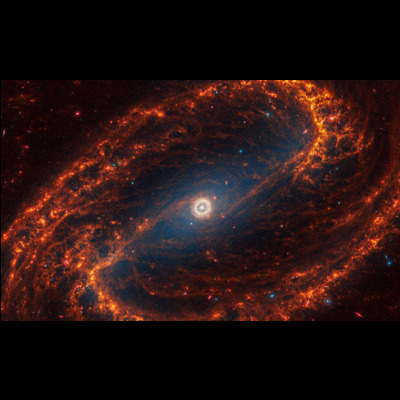
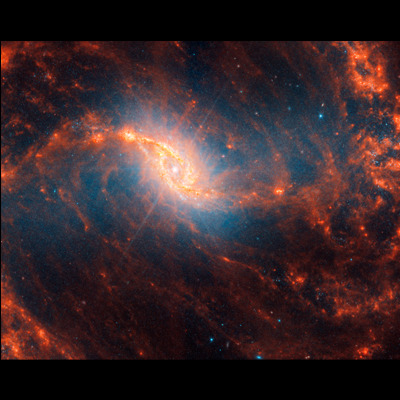


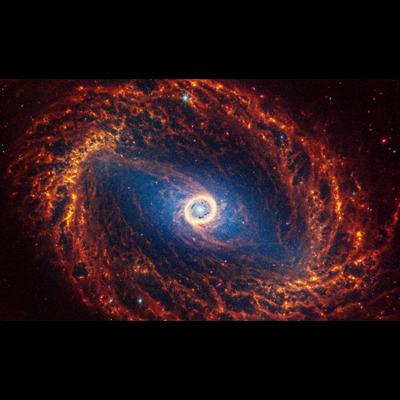
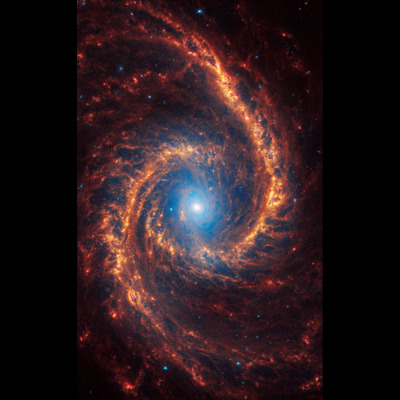


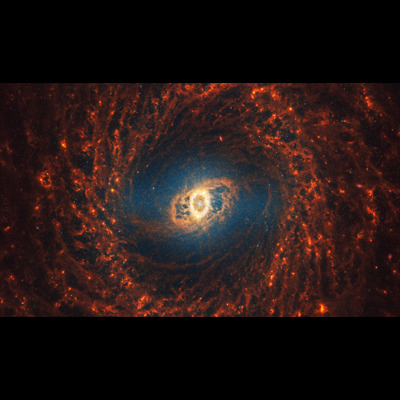


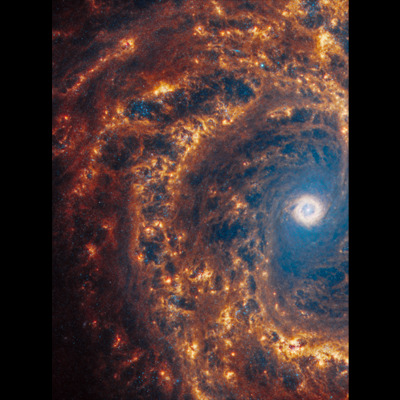
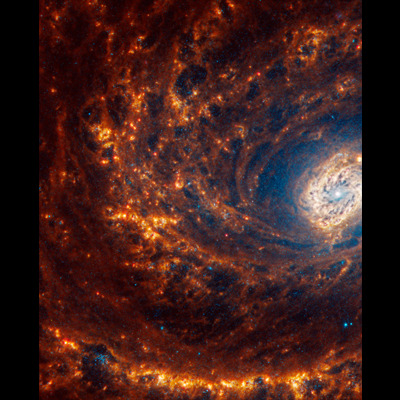

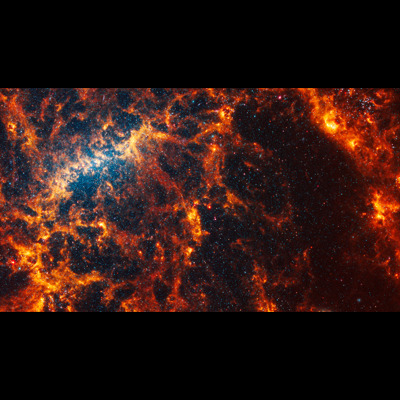
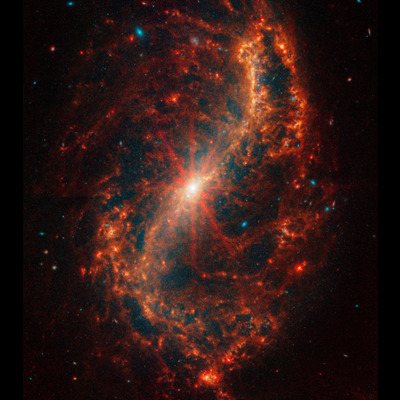
#WebbGalaxies#SpaceRevelation#GalacticWonders#WebbTelescope#CosmicDiscovery#SpiralGalaxies#AstronomyBreakthrough#PHANGSProgram#StellarEvolution#WebbvsHubble#NASAInsights#StarFormationCycle#InfraredExploration#AstroImaging#GalacticJourney#WebbImages#CosmicBeauty
26 notes
·
View notes
Video
Ancient Mysteries Orion's Connection to Evolution and Rebuilding...💫 Learn More about Us and Create a Change in your Life -> https://yr1.space/
#AncientMysteries#OrionsBelt#CosmicEvolution#SacredGeometry#StarKnowledge#AncientWisdom#CosmicConnection#StellarEvolution#MythologyMeetsScience#Civilizations#ET#EnergyFlow#UniversalLanguage
0 notes
Text
List of Apollo Moon Missions and Moonwalkers
Credit: NASA, ESA, CSA, and STScI
List of Apollo Moon Missions and Moonwalkers:
Apollo 11 (July 20, 1969):
Neil Armstrong
Edwin “Buzz” Aldrin
Apollo 12 (November 14-24, 1969):
Charles “Pete” Conrad Jr.
Alan L. Bean
Apollo 14 (February 5-9, 1971):
Alan B. Shepard Jr.
Edgar D. Mitchell
Apollo 15 (July 26-August 7, 1971):
David R. Scott
James B. Irwin
Apollo 16 (April 16-27,…
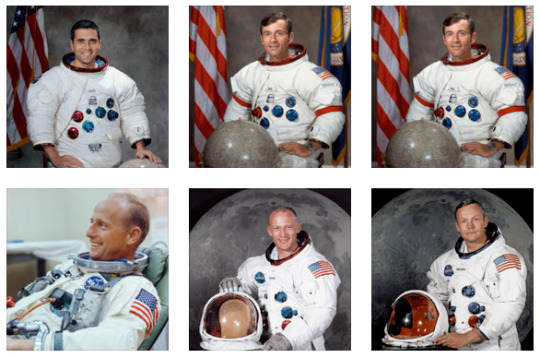
View On WordPress
#AstronomicalCatalogs#AstronomicalConstants.#AstronomicalDatabases#AstronomicalImaging#AstronomicalInstruments#AstronomicalObservations#AstronomicalPhenomena#AstronomicalSpectroscopy#AstronomicalSurveys#AstronomicalUnits#BlackHoles#CelestialBodies#CosmicMicrowaveBackground#DarkEnergy#DarkMatter#LightYears#MeteorShowers#SolarSystem#SpaceExploration#StellarEvolution#Astrobiology#Constellations#Cosmology#Exoplanets#Galaxies#moon landing#Nebulae#Planets#Stars#Supernovae
0 notes
Text
REVIEW: Aaron Lee Tasjan “Stellar Evolution”
REVIEW: Aaron Lee Tasjan “Stellar Evolution” @aaronleetasjan @hiker_andy #listenbetter @americanahighways #americanamusic #americanahighways #stellarevolution
Aaron Lee Tasjan – Stellar Evolution
Aaron Lee Tasjan genuinely comes off as one of the most likable guys in Nashville. The singer-songwriter-guitar whiz has penned some of the catchiest indie tunes over the past decade – 2021’s “Up All Night” is absolutely irresistible, and the title of the album it’s from, Tasjan! Tasjan! Tasjan!, displays his subtle sense of snark about everything, including…

View On WordPress
0 notes
Text
Massimo Luciani - The James Webb Space Telescope sees early galaxies that are much brighter and more compact than expected:
https://english.tachyonbeam.com/2023/07/04/the-james-webb-space-telescope-sees-early-galaxies-that-are-much-brighter-and-more-compact-than-expected/
#Galaxies #Brightness #JamesWebb #SpaceTelescope #JWST #NIRCam #MIDIS #HubbleDeepField #HUDF #UltravioletPhotons #Ultraviolet #Photons #StellarEvolution #Cosmology #Astronomy
0 notes
Photo

Here comes the s*n. #stellarevolution #stellar #themayanfactor #peace #hope #unsigned #progrock #indieartists https://www.instagram.com/p/BxucxDIgG0r/?igshid=1rk2c6q3gxkzq
0 notes
Video
This is where I’m up to with “A Star’s Life : Expert Level”⠀ All cards done for pre main sequence, low, medium, high and higher mass stars. Just the very high mass star to do. ⠀ ⠀ #tinycards #flashcards #revision ⠀ #alevelphysics #astrophysics #astronomy #stellarevolution (at London, United Kingdom) https://www.instagram.com/p/BvZA-9dhCZS/?utm_source=ig_tumblr_share&igshid=cqrl6g9qi87j
0 notes
Photo
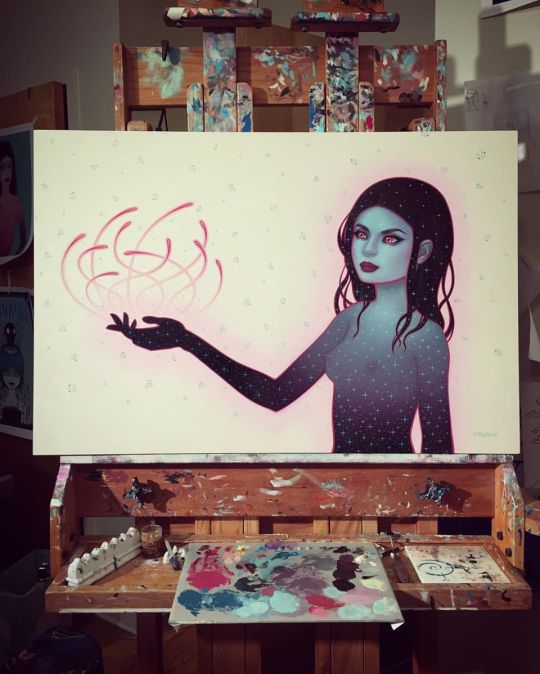

Artist:
Tara McPherson
"Finito!!! Sitting in front of the heaters as we speak drying the final touches so I can coat her, dry some more, then scan her. While she dries I need to pack for Pow! Wow! Hawaii, because our flight is in 12 hours! #busybusybusy #oils #trihydrogencation#interstellarmedium #ions #creation#feminineenergy #positivecharge #stellarevolution."
https://www.facebook.com/taramcpherson/
47 notes
·
View notes
Video
youtube
O IMPRESSIONANTE RESULTADO DA BATALHA ENTRE DUAS ESTRELAS |SPACE TODAY T...
VENHA PARTICIPAR DO CURSO DE ASTRONOMIA DO SPACE TODAY E GANHE O KIT DO ALUNO ATÉ DIA 10 DE FEVEREIRO http://academyspace.com.br/bigbang ----------------------------------------------------- ASSISTA O VÍDEO DA NED: https://www.youtube.com/watch?v=ywmXvsHBBp4 -------------------------------------------------------------------- VISITE A LOJA DO SPACETODAY: https://www.spacetodaystore.com -------------------------------------------------------------------- SEJA MEMBRO DO SPACE TODAY E AJUDE COM A CRIAÇÃO DE CONTEÚDO SÉRIA NA ÁREA DE ASTRONOMIA: https://www.patreon.com/spacetoday https://apoia.se/spacetoday https://www.youtube.com/channel/UC_Fk7hHbl7vv_7K8tYqJd5A/join -------------------------------------------------------------------- Todo mundo hoje já ouviu falar em Betelgeuse, que quando ela morrer irá se transformar numa supernova. E isso tem causado uma certa confusão, pois muitos acham que o Sol vai acabar a sua vida do mesmo jeito. Isso não é verdade, eu já falei várias vezes, mas vou repetir. A linha de vida que uma estrela segue depende da sua massa, estrelas de grande massa como Betelgeuse, vivem pouco e acabam a vida como uma supernova. Estrelas como o Sol, que não têm tanta massa assim seguem outra linha. Quando o combustível do Sol acabar, ele irá crescer e irá se transformar numa estrela conhecida como gigante vermelha. Essa gigante vermelha então irá começar a perder suas camadas mais externas deixando para trás só um caroço, que chamamos de anã branca. Para conhecer os detalhes da fase final da vida de uma estrela, os astrônomos precisam observar muitas estrelas, e estrelas em estágios finais. E assim, eles acabam descobrindo que nem tudo é tão simples assim. Existe um sistema estelar conhecido como HD101584, que é bem peculiar. Esse sistema é composto por uma estrela grande e por uma companheira menor. Quando a estrela maior estava morrendo a estrela menor foi engolida pela gigante vermelha. E a partir daí começou uma verdadeira batalha estelar. Quando a estrela maior se transformou numa gigante vermelha ela cresceu tanto que engoliu a estrela menor. Essa estrela menor começou então a espiralar em direção ao núcleo da estrela maior. Mas não chegou a colidir com o núcleo. Essa manobra acabou desencadeando uma explosão na estrela maior, que espalhou suas camadas de gás e deixou o seu núcleo exposto. O resultado disso, são as belas imagens feitas pelo ALMA e pelo APEX, onde é possível ver uma nebulosa com uma complexa estrutura de gás e jatos, tudo isso resultado desse processo de batalha entre as duas estrelas. Os jatos lançados sobre o material que já estava ali criou as bolhas azuis e avermelhadas que observamos nas imagens. Além de ser uma imagem muito bonita e interessante, essa imagem é muito importante para os astrônomos. Através dessa imagem, os astrônomos podem entender melhor a fase final de vida de estrelas como o Sol. Estudar o sistema binário como esse faz com que os astrônomos possam encontrar peças para o complexo quebra-cabeça que é entender a transição entre os estágios de evolução das estrelas. Os astrônomos poderão estudar o link entre a gigante vermelha que existia até então, e o que irá restar da estrela. Tudo isso só foi possível graças à grande sensibilidade do ALMA. O legal mesmo será quando o ELT de 30 metros for inaugurado no Chile, esse gigantesco telescópio nos dará uma imagem do que está acontecendo no coração desse objeto. E os astrônomos assim poderão examinar de perto a batalha entre as estrelas. Fontes: https://www.eso.org/public/brazil/news/eso2002/?lang https://www.eso.org/public/archives/releases/sciencepapers/eso2002/eso2002a.pdf #StellarEvolution #ALMA #SpaceToday
0 notes
Text
Discovery Alert! Mindblowing Discovery released by the Webb Telescope on December 13, 2023. Webb Telescope Spots Record-Breaking Free-Floating Tiny Brown Dwarf. Read full article here.
Discovery Alert! Mindblowing Discovery released by the Webb Telescope on December 13, 2023. Webb Telescope Spots Record-Breaking Free-Floating Tiny Brown Dwarf. Read full article here.

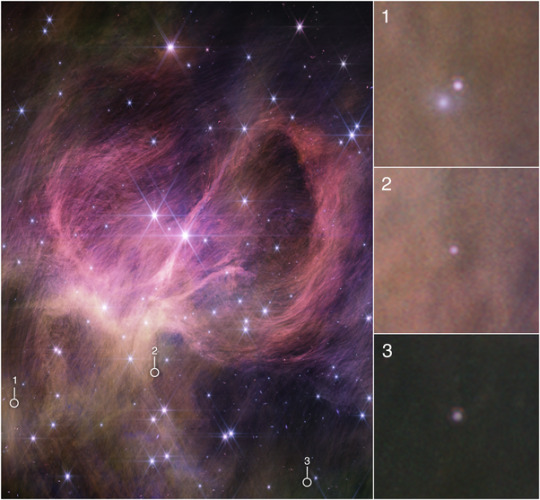
Dive into the celestial unknown with the latest discovery from NASA's James Webb Space Telescope! 🌠🔭 Our astronomers have uncovered the tiniest free-floating brown dwarf, challenging everything we thought we knew about star formation. 🌟🤯
🔍 What's the Buzz? This groundbreaking find within the star cluster IC 348 has scientists buzzing! 🌌🔍 Tiny, free-floating brown dwarfs—larger than planets yet not quite stars—have been discovered, redefining the boundaries of our cosmic understanding. 🌌🔬
📸 Jaw-Dropping Imagery! Feast your eyes on stunning imagery captured by the Near-Infrared Camera (NIRCam) on the Webb Telescope. 📷✨ See wispy curtains of interstellar material, reflection nebulae, and even carbon-containing molecules called PAHs! 🌈💫
🤔 Mysteries Unveiled! The smallest brown dwarf, weighing only three to four times Jupiter's mass, challenges conventional theories of star formation. 🌠🤔 Unravel the cosmic mysteries with us! 🚀💡
🌪️ Stellar Sculptors! Learn how winds from the most massive stars in the cluster contribute to the magnificent loops and patterns observed in the cosmic tapestry. 🎨✨
🌏 Join the Space Conversation! Let's explore the universe together! 🚀💬 Share your thoughts, questions, and cosmic excitement in the comments. 💙🌌
👉 Read the Full Article here - Delve deeper into the cosmos with NASA's James Webb Space Telescope. Click the link above to embark on a journey of discovery! 🌌📖
#NASA #WebbTelescope #SpaceDiscovery #CosmicWonders #StellarEvolution #AstronomyMagic ✨🌠
16 notes
·
View notes
Text
Debunking Moon Landing Conspiracy Theories: Separating Fact from Fiction
The notion that the moon landing was a hoax has persisted as a conspiracy theory for decades. However, it is essential to emphasize that these claims lack credible evidence and have been thoroughly debunked by experts and independent investigations. The overwhelming consensus among scientists, experts, and individuals involved in the missions is that the moon landings were indeed real.
Credit:…
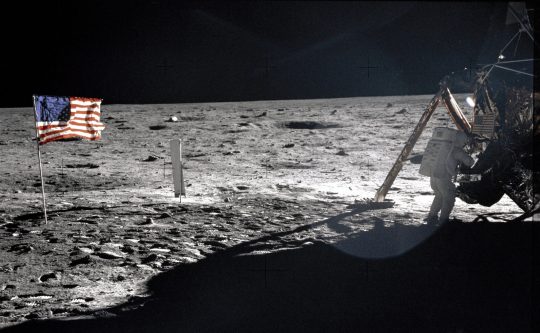
View On WordPress
#AstronomicalCatalogs#AstronomicalConstants.#AstronomicalDatabases#AstronomicalImaging#AstronomicalInstruments#AstronomicalObservations#AstronomicalPhenomena#AstronomicalSpectroscopy#AstronomicalSurveys#AstronomicalUnits#BlackHoles#CelestialBodies#CosmicMicrowaveBackground#DarkEnergy#DarkMatter#LightYears#MeteorShowers#SolarSystem#SpaceExploration#StellarEvolution#Astrobiology#Constellations#Cosmology#Exoplanets#Galaxies#moon landing#Nebulae#Planets#Stars#Supernovae
0 notes
Text
Xinhua - China's telescope makes new finding on super massive first generation star:
http://en.people.cn/n3/2023/0608/c90000-20029145.html
#GalacticHalo #StellarEvolution #StarFormation #PairInstabilitySupernovae #PISN #Supernovae #CAS #NAOC #LAMOST #Cosmology #Astrophysics #Astronomy
0 notes
Photo

Young Stars In Old Cluster Challenging Understanding Of Cosmic Evolution
Astronomers have discovered young stars in an old cluster in our neighborhood – Large Magellanic Cloud. Where is the catch perhaps you wonder? In the core of our understanding of cosmic and stellar evolution. New observations and study challenge it.
Stars Evolution
To see how this finding messed up with our current knowledge of stellar evolution we have to back on its formation. As an example, we can take Milky Way clusters. Star clusters, which are the group of stars bounded by gravity, contains the stars made of the same cloud of molecular gas formed at roughly the same time. So each cluster has its own same aged stars. That is what every previous observation have shown and based on that the model of stellar evolution is built.
Typical star cluster M4 which is one of the largest globular star clusters in our galaxy containing over 10,000 stars
Now astronomers confront with an unexpected situation. Scientists from the University of Western Australia used Spitzer telescope and thanks to its infrared wavelengths they managed to capture 15 very young stars comparing to other ones in our third closest galaxy Large Magellanic Cloud. To be weirder, 7 of them are located in the center of the cluster. Scientists are now confused and not sure how to explain this. Firstly they thought that these stars are formed from molecular gas leaking into the cluster from interstellar space. However, after radio telescope observations it is eliminated due the lack of correlation between interstellar hydrogen gas and the location of the clusters astronomers were studying.
The circles represent clusters that contain at least one star being formed hundred of millions of years after the rest. Image credit: Space Telescope Science Institute/AURA/NASA
Dr. Bi-Qing For, from the International Centre for Radio Astronomy Research in Perth, believes that these younger stars have actually been created out of the matter ejected from older stars as they die. This would mean researchers have discovered multiple generations of stars belonging to the same cluster.
This isn’t the first time that classic model of stellar evolution is put to the test. Back in 2007, Hubble Space Telescope discovered a large number of stars in the same galaxy, that have diverse characteristics. Australian team hopes that Hubble will be pointed to the studied clusters and allows that to finally confirmed that is possible that star clusters can contain several generations of stars.
#Clusters, #SpitzerTelescope, #Stars, #StellarEvolution https://outoftheboxscience.com/space/stars/young-stars-old-cluster-challenging-understanding-cosmic-evolution/
0 notes
Photo
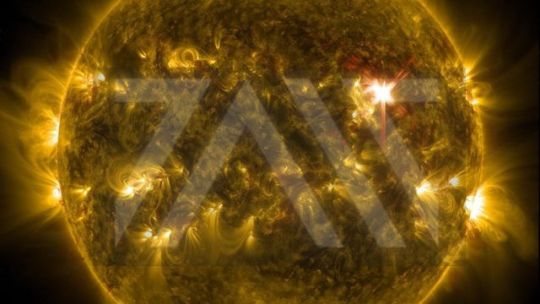
Here comes the s*n. #stellarevolution #stellar #themayanfactor #peace #hope #unsigned #progrock #indieartists https://www.instagram.com/p/BxucmQegHlI/?igshid=m3qzh931yq56
0 notes

